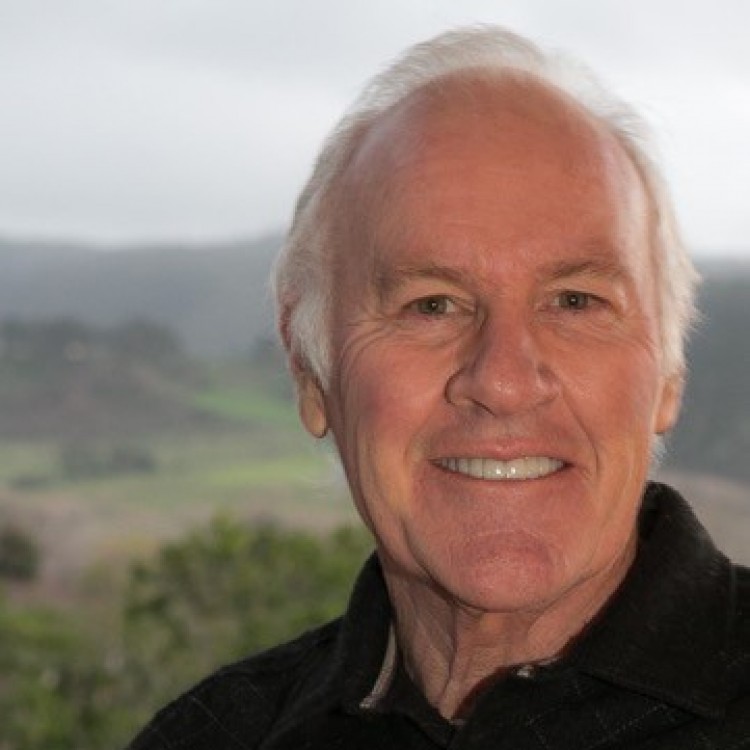Carmel’s Marc Silber distills experiences of professional photographers into one handbook

'Friends Jumping Off Sand Dune,' taken during a field trip with eighth graders to Morro Bay. Photo by Marc Silber.
With a smart phone in every pocket, these days everybody is a photographer – or at least thinks so.
Taking pictures has never been so easy or so popular, but despite the digital revolution and the social-media age, effective photography still requires experience, skills and vision. Yes, the camera technology may have changed, but the human touch required to take good photos has not.
With that in mind, Carmel-based photographer Marc Silber has just released a new book aimed at those who are not content with point-and-shoot. “Advancing Your Photography: A Handbook for Taking Photos You’ll Love” is what it says it is, a practical, how-to guide on becoming a better photographer.
Carmel has, of course, an international reputation for inspiring photography. But instead of a coffee-table book aimed at the gallery audience, Silber is going after the photographer – amateur or professional – with his small-format book.
“I like the world ‘handbook,’” he said, holding up a copy of his new book. “Because that means it’s transportable. You can put it right in your camera bag.”
The new book was inspired, he said, by a series of videos that he produced several years ago in which Silber interviewed many well-known and accomplished photographers.
“I did that for two years straight,” he said of his interview series. “I would talk to them for 45 minutes or so and while editing the videos, I would listen to them 10 times or more till I had really heard what this photographer had to say.”
With that acquired knowledge plus things he had learned through his own career, Silber put together what he views as a distillation of how professional photographers approach their work.
“I was in a unique position of having all this stuff on video, but who’s going to watch 200 hours of video to sift it all down. So, I did all the sifting.”
Silber first picked up photography at the tender age of 12 in the mid 1960s when he discovered the magic of the dark room at his school. “It’s one thing to develop negatives,” he said, “but the magic moment came when you make prints and suddenly, when you’re sloshing it back and forth in the tray and there’s the image. Whoa! That’s when the light bulb went off.”
A couple of years later, the young man found himself in the Haight during the golden era of the hippie. “My sister left me her apartment,” he said. “She went to Mexico for a month and said, ‘Here’s the keys.’ I was all of 14 years old.”
He spent his days crawling around San Francisco with his camera, using the dark room at the San Francisco rec department. (He said he is working on bringing together his photos of the 1960s into a book).
Since those days, photography has been an abiding passion and Silber is one of the generation of photographers who made the transition from film to digital. Obviously, film photography had different demands and photographers who learned their craft with film cameras developed habits that, said Silber, still serve them well in the digital age.
“The key difference is that today you can do tons of photographs. But it used to be with film, you had 36 exposures – or 24 or even 12 – in a roll. And you really had to think before you pushed the shutter.”
With a functionally limitless number of shots you can take, photographers today tend to shoot everything and find the shot they like later.
“I find it helpful to stay in the film mentality,” said Silber. “I really want to have a good image while I’m out in the field. Don’t get me wrong, because it’s digital, I’m going to press the button a lot. But I’m sort of a hybrid, having grown up on film.”
Silber’s new book focuses first on visualization, learning to see like a photographer. But he also goes into equipment and the basics of aesthetic composition. The book also covers processing and the software available in that market, as well as some tips and insights on sharing your images with the world in everything from social media to art galleries. “If it doesn’t live out in the world, it’s not going to be satisfying,” he said.
Sprinkled throughout are real-world insights on things like landscapes (“Blue sky isn’t your friend in landscape,” he said), and portraiture (“Your job is to get people to forget the camera. When the photographer allows the person to be comfortable and be themselves, you get a depth of expression that you can’t get otherwise.”)
Most of all, “Advancing Your Photography” is a reminding that photography – despite the million uses it has been put to in the age of the iPhone – is still an art.
“Really good photographers go to museums,” said Silber. “They study classical painting. Train your eye. Go to a museum. Get off line and see the world that you can’t see on a screen.”
“Advancing Your Photography” by Marc Silber is available at River House Books at the Crossroads in Carmel. For more information go to Instagram (@marcsilber) or www.silberstudios.tv.
For original post, click here: http://ht.ly/tfiN30bfdOv

